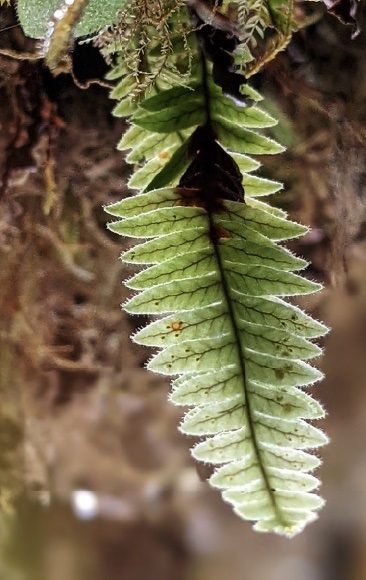Good year for rare plants in Hawai’i: carnation and fern return from brink of extinction
The Hawaiʻi Department of Land and Natural Resources staff discovered a new species of Hawaiian carnation in 2019 near Laupāhoehoe on Hawaiʻi Island. Only one plant was found, but when botanists later returned to study it, the carnation was gone.
With no living plants known in the wild, the species was believed to be lost.
Optimistically, botanists collected soil from the area where the plant had been and took it back to the Volcano Rare Plant Facility, hoping the soil contained dormant seeds. A few months later, young Schiedea seedlings emerged and began to grow. The species now needs to be formally described and given a name, which botanists plan to announce this year.
The carnation is one of the success stories outlined in the state’s 2021 Rare Plant Program report.
Although Hawai’i has less than 1% of the overall land mass in the United States, the state has 44% of the nation’s endangered and threatened plant species and often is referred to as the “Endangered Species Capital of the World.”
Currently, 366 of the Hawaiian plant taxa are listed as Endangered or Threatened by federal and state governments, with an additional 48 species proposed as Endangered.
The state’s Rare Plant Program has been working with the University of Hawaiʻi-affiliated Plant Extinction Prevent Program to protect some of these species from becoming extinct by implementing hand pollination and growing seedlings in rare plant nurseries.
Other highlights in the 2021 rare plant report include:
- A fern known as Adenophorus periens that was thought to be extinct was found in three locations in the forests of Kauaʻi
- the planting of 600 ʻōhai on Kahoʻolawe
- the discovery of new populations of critically rare Cyanea (jellyfish) species on Lānaʻi
- 2,000 new opuhe (Urera kaalae) plants in the Waiʻanae Mountains of Oʻahu, where these shrubs/small trees are a favorite food for pulelehua, the Kamehameha butterfly
The annual review also showed where nature is not winning.
On Lānaʻi, the last known wild plant of a shrub known as Kadua cordata var. remyi died, though the species lives on in nursery plants that will be outplanted in the future.
Landslides on Molokaʻi threatened the fewer than 10 plants of Brighamia rockii that remain in the wild. Botanists are now hand-pollinating the remaining plants to encourage new seed production.
The Rare Plant Program’s 2022 challenges include identifying funding to strengthen its rare plant nurseries from potential storm damage. A Capital Improvement Project request for nursery work has been included in a funding request from the legislature.
People interested in rare plant conservation can donate to the Plant Extinction Prevent Program, which is affiliated with UH’s Pacific Cooperative Studies Unit, or to the Department of Land and Natural Resources’ Natural Area Reserves System, which protects unique natural areas that may provide habitat for these rare plants.















